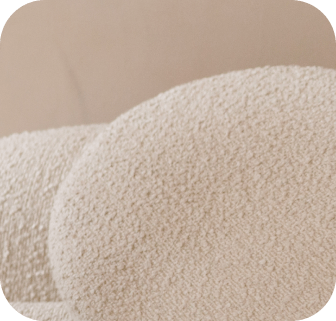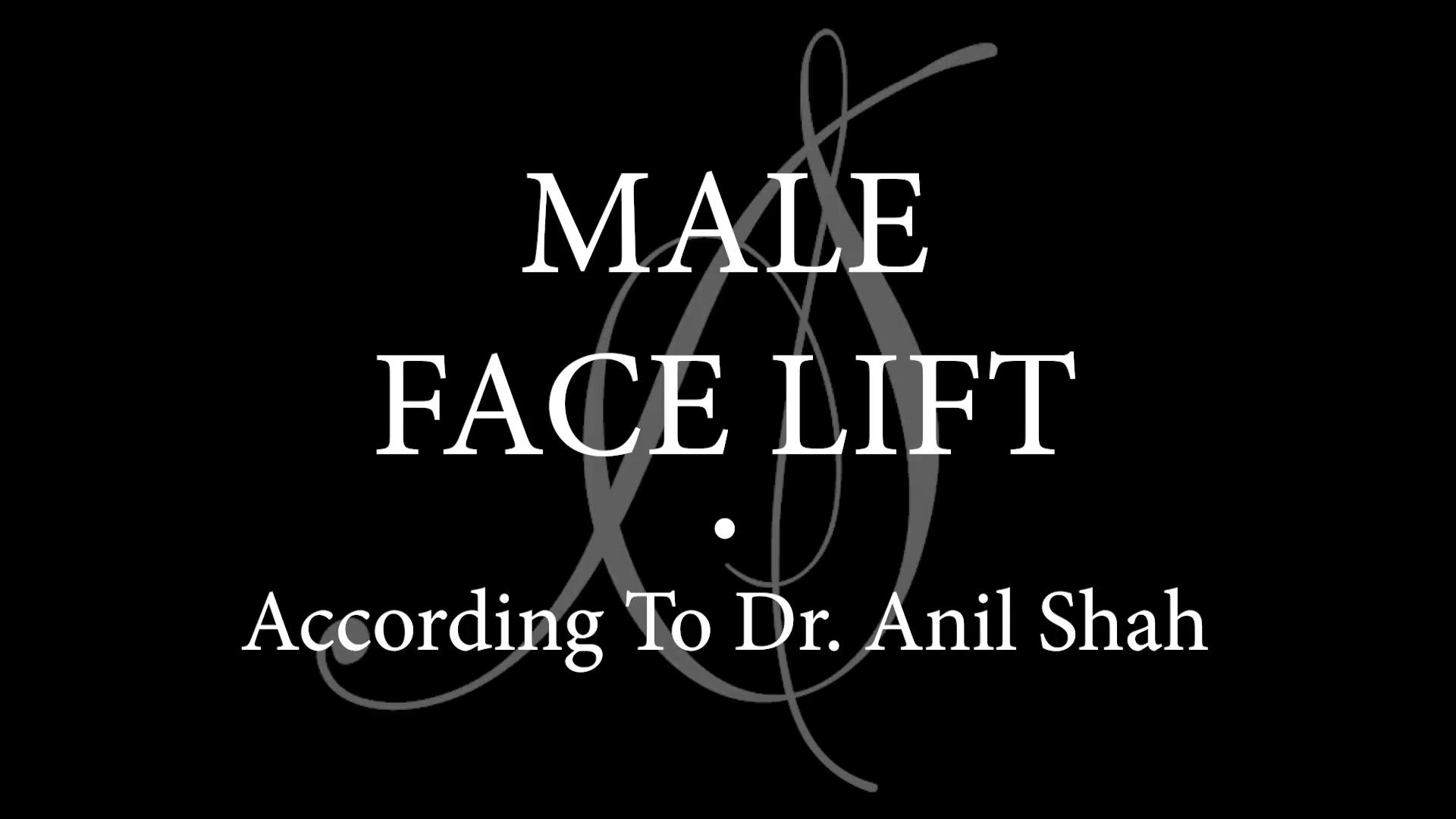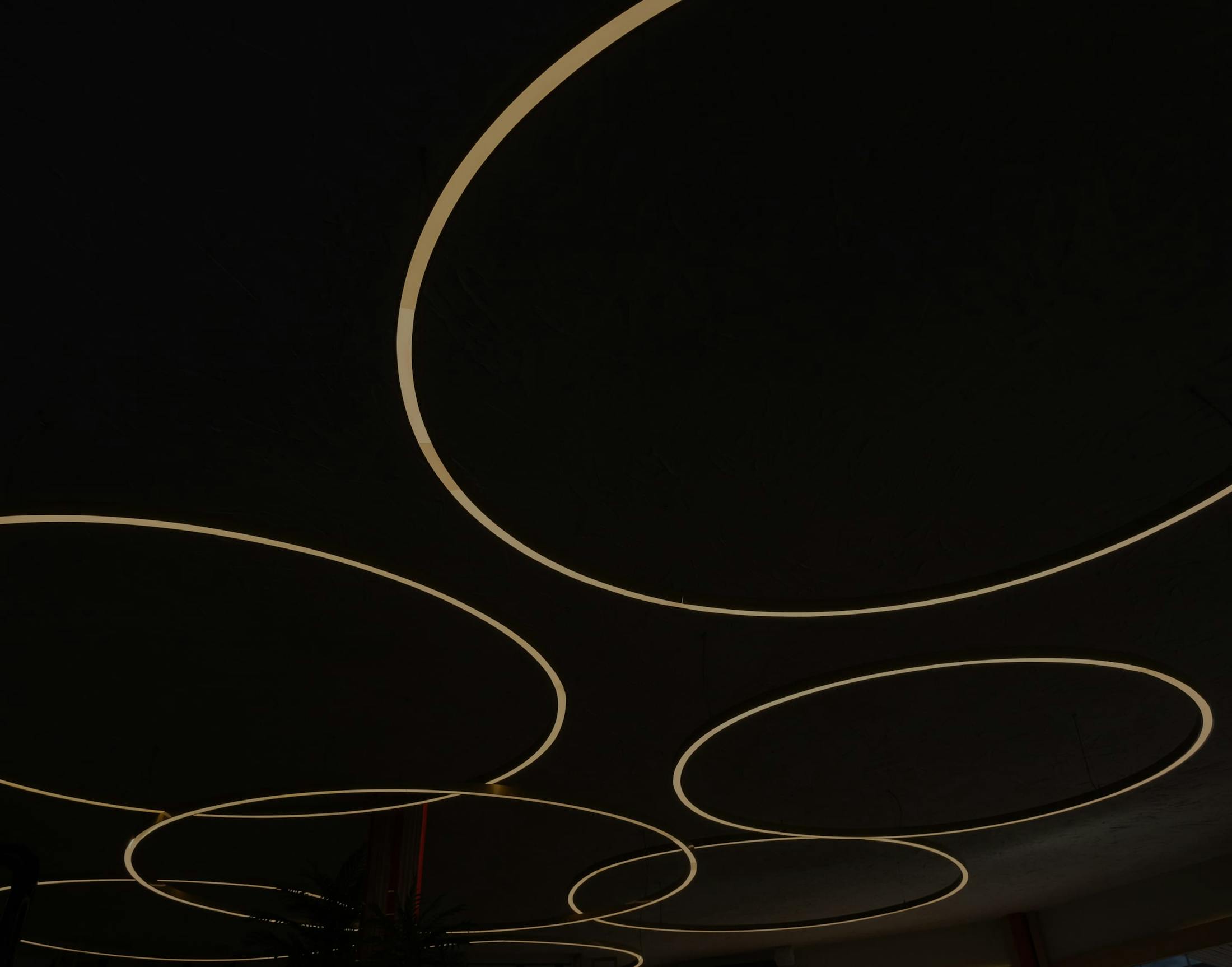According To Dr. Shah
Does Dr. Shah uses staples?
Dr. Shah does not use staples because he believes it provides an inferior scar and can create long term tracks along incision. He prefers to hand suture every incision to conceal scars.
How does Dr. Shah close my incisions?
He believes in meticulous closure is the key to closing incisions along with proper technique to maximize scar concealment.
Does Dr. Shah uses drains?
He does not use suction drains which can create discomfort for patients in the postoperative period.
Do I need someone to stay with me the first night of the procedure?
Yes, we require a responsible individual to help care for you the first evening. We also work with several aftercare providers who can assist as well for a reasonable fee.
Do I need to stay in the hospital?
Facelift surgery is outpatient and patients recover best at home or in a nearby hotel.
Do I require anesthesia for a facelift?
Yes, patients have a choice, along with Dr. Shah’s recommendation, about which type of anesthesia to utilize. Anesthetic options for a male facelift include local anesthesia, minimal sedation and general anesthesia.
When can I return to work and normal activities?
Most patients can return to work in 7-10 days depending on the individual anatomic characteristics.
When can I exercise?
Many of our patients resume light weights and light cardio 7-10 days after the procedure.
When can I shave?
Male patients can shave immediately after the procedure, but must not shave around the suture sites.
I am a bald male, what are options for me?
Most bald patients who have no hair are challenges for the surgeon. Dr. Shah can recommend improvements based on minimizing incision placement.
Will I lose hair?
Hair is preserved by incision location, type and bevel of incision, and gentle tissue handling.
What are risks in male facelift surgery as compared to women?
Men are more susceptible to formation of blood collections in the face called a hematoma, in part to increased blood supply to the face from facial hair. Dr. Shah minimizes this possibility by having patients avoid blood thinners, control hypertension during the procedure and after, and limit activities for first week in the recovery process.
Where is Dr. Shah’s office located?
Dr. Shah practices is located in Chicago, IL. at 200 West Superior St., Suite 200.
How long do I need to stay in town if I live outside the Chicago and Chicagoland area?
Most patients stay for approximately one week.
Does Dr. Shah like chin implants for male patients?
Dr. Shah prefers patient’s chin to look similar to their younger version. For some patients, chin implants can help create contour if their chin has eroded or decreased in size with age.
Does Facetite and Necktite actually lift the skin?
No, Facetite and Necktite contract the skin which allows for the patient to have fat removed from the neck and face area. If fat was just liposuctioned, patients would have loose skin afterwards. For more information about FaceTite and Nectite, click here.
I have heard of nonsurgical facelifts. What are they and will that work for me?
A nonsurgical facelift can be a variety of approaches including use of fillers, botox, radio frequency, etc. There is potential merit in a select few of these approaches. In our experience, we have found that external radiofrequency devices such as Thermage as well as ultrasound devices such as Ulthera are not effective in creating change to the face. Our office prefers the use of Facetite, Necktite and other alternatives for Dr. Shah’s version of a nonsurgical facelift.





